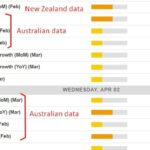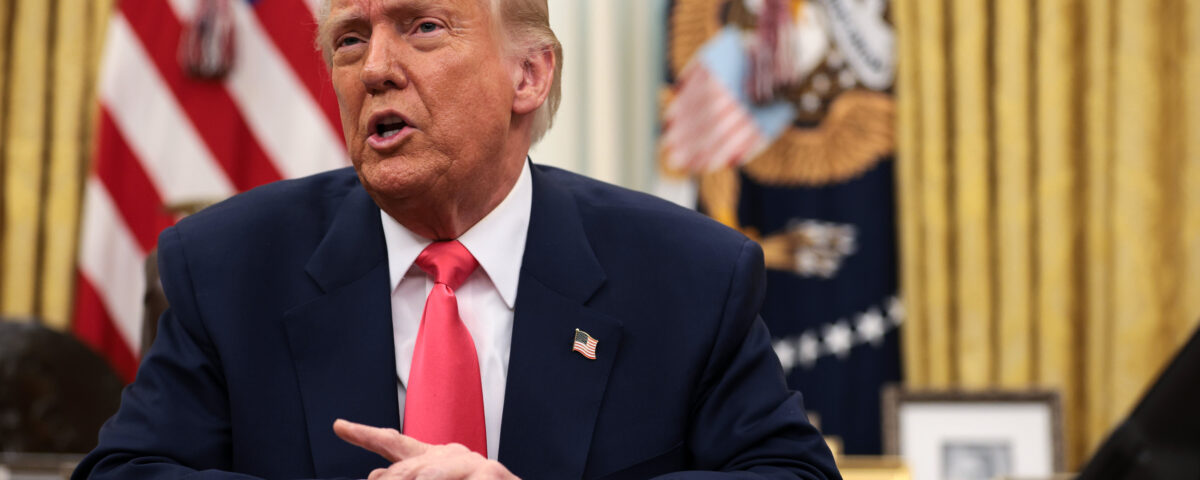
Will Tariffs Cool Gold’s Historic Rise? Exploring Future Price Dynamics
Tháng 4 1, 2025
2025 Inflation Outlook: South Korea’s Economic Landscape and Future Implications
Tháng 4 1, 2025The Complex Landscape of Trump’s Tariffs: Analyzing Economic Implications
Recent discussions surrounding former President Donald Trump’s tariffs have reignited debates among economists, policy makers, and the public alike. While tariffs were initially touted as a means of bolstering the economy, recent analyses reveal a multitude of criticisms and concerns, particularly regarding projected revenue, economic ramifications, and the overarching effectiveness of trade objectives.
Projected Revenue vs. Economic Reality
One of the foremost points of contention is the projected revenue generated by tariffs. The Yale Budget Lab estimates that, from 2026 to 2035, tariffs on imported goods may raise approximately $3.52 trillion. However, this figure falls markedly short when juxtaposed against the escalating budget deficit projected by the Congressional Budget Office. Economists suggest that the optimistic revenue forecasts championed by the White House may lead to significant shortfalls in fiscal expectations, raising questions about the sustainability of using tariffs as a primary source of government revenue.
Inflationary Pressures Induced by Tariffs
Another vital concern tied to tariffs is their anticipated contribution to inflation. Experts project that, depending on retaliatory actions from other countries, tariffs could spur an increase in inflation rates by between 1.7 to 2.1 percentage points. Such an uptick could place considerable strain on consumers, with sectors like automotive particularly poised to feel the pressure. For instance, tariffs on cars and parts could escalate vehicle prices by as much as $6,000, a substantial burden for American families already grappling with rising costs of living. The potential for these tariffs to act as an inflationary catalyst underscores the broader economic risks associated with aggressive trade policies.
Conflicting Trade Objectives and Their Realism
The White House’s overarching trade objectives—aiming not only to raise revenue but also to revitalize American manufacturing and assert foreign policy objectives—are increasingly criticized as mutually exclusive. The desire to simultaneously achieve these aims through the imposition of higher tariffs is considered unrealistic by many analysts. As consumer prices rise due to tariffs without corresponding gains in manufacturing jobs or foreign policy leverage, the potential for a disjointed economic landscape becomes starkly evident.
Market Outlook and Stagflation Risks
Looking forward, analysts have adjusted their projections for corporate earnings in 2025, driven largely by the uncertainty inherent in tariff-related risks. There are rising concerns about a stagflationary scenario, where stagnant economic growth coincides with high inflation. Revising the S&P 500’s earnings per share downward, experts highlight the increasing likelihood of such economic conditions emerging. This scenario could significantly disrupt market stability, with long-lasting impacts on investors and businesses alike.
In the context of international trade dynamics, it’s important to consider the responses from other nations, particularly China. As highlighted in the blog discussing China’s strategic moves, President Xi Jinping has made assurances to global CEOs regarding fair treatment for foreign companies amidst tariffs. China’s commitment to globalization and its strategic economic engagements present a broader framework for understanding the implications of Trump’s tariffs.
In conclusion, the complexities surrounding tariffs on imported goods underscore critical economic discussions that merit continued scrutiny. With predictions of lower-than-expected revenue, mounting inflation fears, and the daunting challenge of aligning trade objectives, it is clear that the ramifications of Trump’s tariffs extend far beyond mere numbers. As policymakers navigate these turbulent waters, the need for a more coherent and realistic approach to trade policy has never been more urgent.

